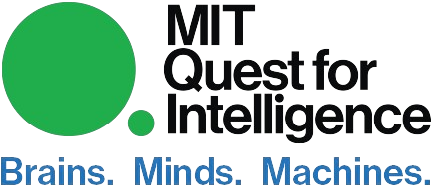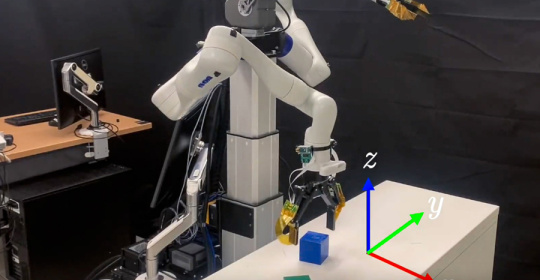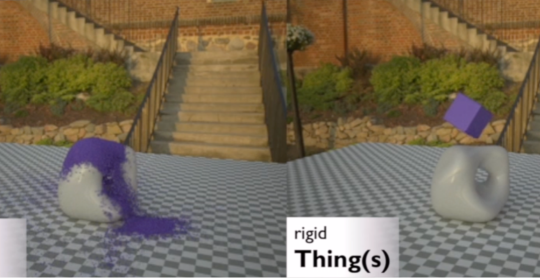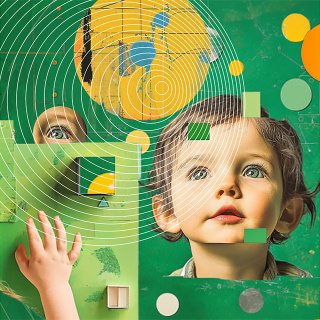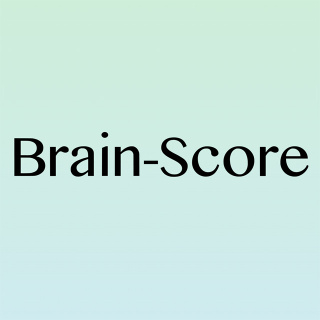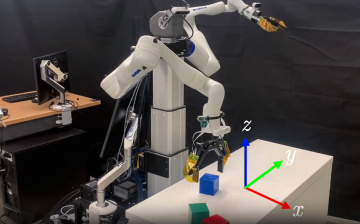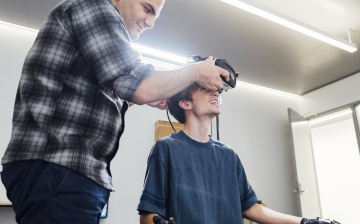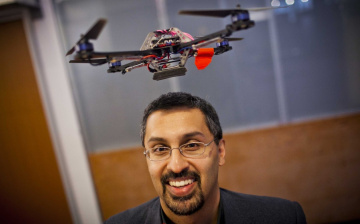The Science of Intelligence meets the Engineering of Intelligence
Spotlights
Missions + Platforms
To understand intelligence, the Quest fosters and funds research Missions, which are supported by Platforms.
-
Intelligence Observatory
The Intelligence Observatory is a human behavioral testing and benchmarking platform. Read More
-
The Development of Intelligent Minds
This mission aims to understand how children grasp new concepts and build upon layers of concepts to reach an understanding of the world. Read More
-
Language and Thought
The Language and Thought mission aims to understand the relationship between language and human intelligence. Read More
-
Embodied Intelligence
The Embodied Intelligence mission addresses how we perceive the world around us and integrate this information to plan and complete tasks. Read More
-
Brain-Score
The Brain-Score platform aims to yield accurate, machine-executable computational models of how the brain gives rise to the mind. Read More
-
Perceptual Intelligence
The Perceptual Intelligence mission aims to produce machine executable models of human visual intelligence. Read More
-
Scaling Inference
The Scaling Inference team pursues an alternate scaling route for AI systems and for NI models, based on inference in probabilistic programs. Read More
News
-
Recent news from the MIT Quest for Intelligence: October 2025
An important part of research at MIT's Quest for Intelligence is understanding how people, animals, and machines interact with their surrounding environment. In this issue of our newsletter, we are sharing how and why research in this area happens.
-
UROP Spotlight: Computational Basis of Everyday Action Planning
To explore the way humans complete simple tasks, Beckett Roberge '28 spent a UROP in the Kanwisher Lab creating a virtual reality simulation of catching a ball. He is now working with Aryan Zoroufi on tracking subjects' movements and comparing them to how different computational techniques catch the ball in the same simulation.
-
3Q with Nick Roy
Nick Roy's research interests in AI, machine learning, human-computer interaction, and robotics drew him to the Embodied Intelligence Mission.
